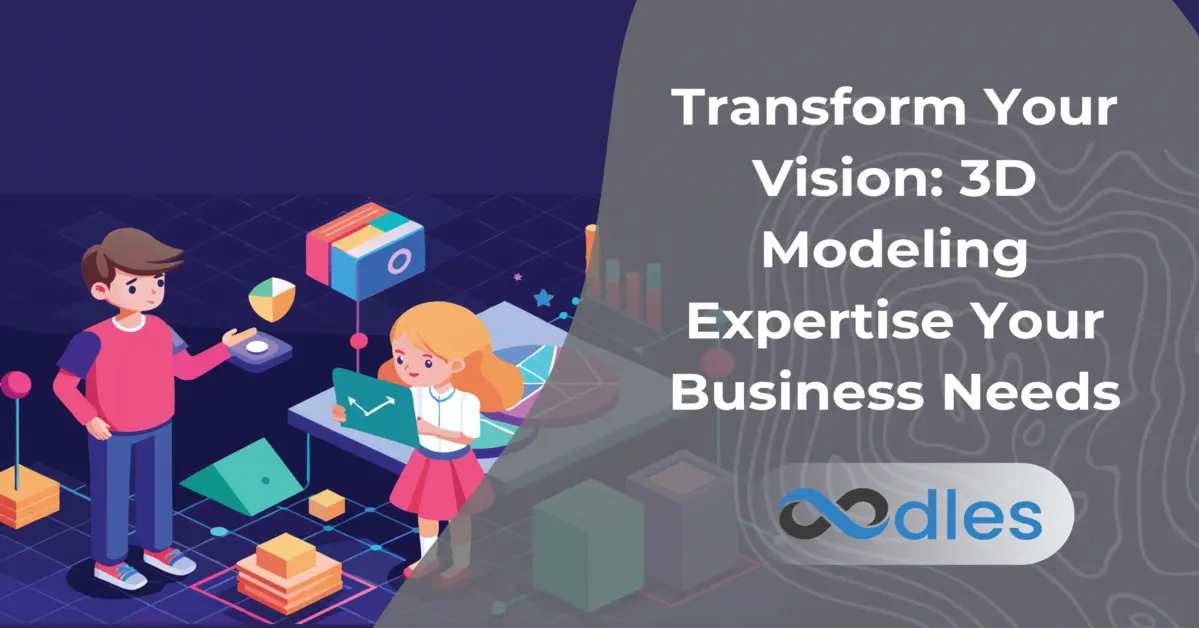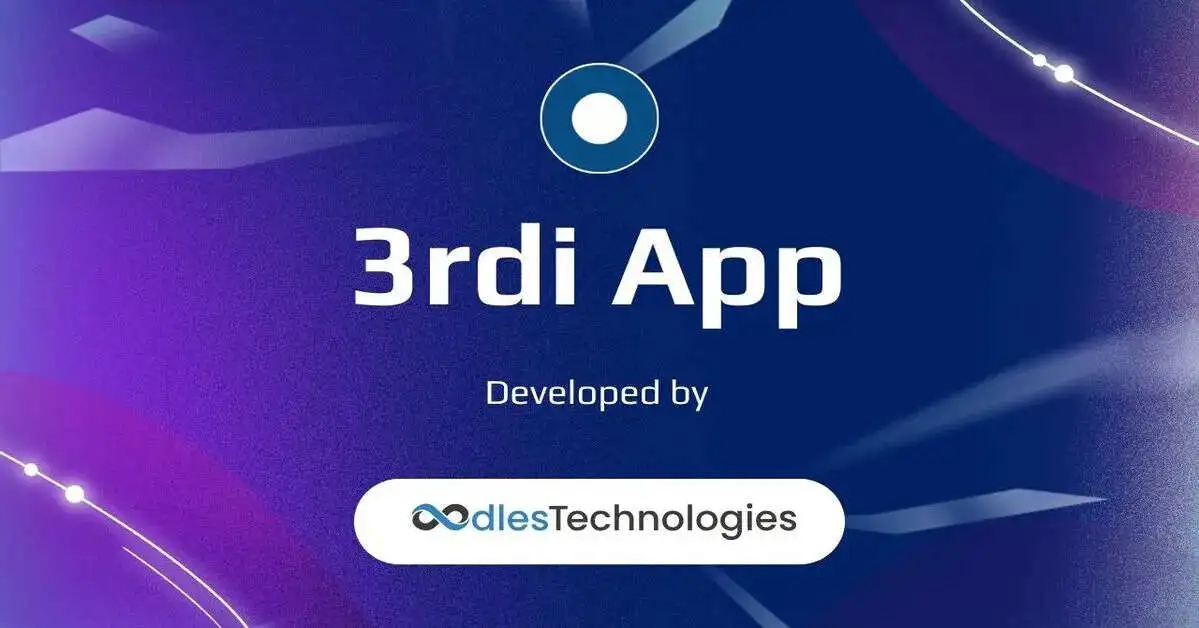Your business's digital presence is a crucial marker of its ability to reach and engage customers effectively, and with consumers flooded with options more now than ever, a reliable and efficient user experience is non-negotiable.
Just take the example of a food delivery app -- the user is hungry, likely to be pressed for time, and needs to get the food delivered fast. In such time-sensitive scenarios, slow loading, and clunky PWAs can tick off users in a bad way and may lead them to immediately switch to competitors.
Or even in cases of less urgent scenarios, like for an e-commerce app, shopping decisions are often time-consuming where customers need to browse a lot of products before coming to a final purchasing decision. Slow-loading pages can make them immensely frustrated if they encounter delays while navigating products or during the checkout process. Not only it can hurt your business credibility but can also cause financial loss through abandoned carts and reduced chances of future engagement.
However, by implementing progressive enhancement, you can safely avoid such scenarios and excel at delivering seamless experiences even in less ideal conditions. Its strong focus on usability, performance, and resilience helps to ensure that your products and services are available to all sections of the audience, regardless of their device or browser limitations.
Wider accessibility and reliable functionality make users more likely to trust your offerings compared to competitors, as they feel assured that unpredictable conditions will not hamper their user experience in times of need.
Progressive enhancement of your PWAs doesn't let you compromise on quality either. This means all types of audiences, whether using older and advanced devices, receive the best experience their device can support – simpler HTML formats and core functionality for older models and enhanced features and interactivity for more advanced devices. By prioritizing performance and functionality, it helps you drive loyalty and engagement for your brand.
In this article, we will explore in-depth how progressive enhancement can elevate your digital expansion approach, its principles, and how you can implement it to improve your accessibility.

The Core Principles of Progressive Enhancement
1. Build a strong foundation with a content-first strategy: The foundational content of your website should be universally visible across all browsers, regardless of any limitations or requirements they may have. To achieve this, you should adopt a content-first approach and utilize semantic HTML to create your essential content so that it is accessible without relying on any additional enhancements like styling and scripts. Also, try to ensure that the layout for your PWA contributes to the readability of your content, rather than overshadowing it with unnecessary elements.
2. Use a layered approach: By separating your content into 3 distinct layers i.e., HTML, CSS, and Javascript, it gets comparatively easier to maintain the site, allows for graceful degradation, and will offer functionality to the user even if additional layers of CSS or Javascript happens to fail.
3. Ensure that basic functionality is accessible to all: By maintaining a baseline experience for all your users i.e., offering core functionality such as navigation and forms that are built with semantic HTML, you ensure accessibility for all users, even to those with older devices, browsers, and unstable conditions.
4. Practise meaningful brevity for semantic structure: If your HTML code is excessively burdened with unorganized elements, you can lose out on crucial SEO opportunities and limit the accessibility of your PWA site. To avoid such bloating of the code structure, use semantic HTML elements like <header>, <footer>, <nav>, etc that are indicative of their objective instead of vague elements like <div> or <span> tags.
5. Layout enhancement should be enforced through external CSS linking: Opt for external CSS linking to handle all your styling and layout objectives as it helps to keep your HTML clean, allows styles to be cached by browsers, and helps with graceful degradation for old browser versions.
6. Enhanced functionality should be provided through externally linked Javascript: When a site is interactive and visually appealing, it is bound to catch more eyes and increase retention. However, these styling elements should not become a burden on functionality and a hindrance to accessibility. This is why it is best to enforce it through external Javascript files that are modular in nature, easier to maintain and in case of unavailability of required resources, won't affect your PWA's core functionality.
How Progressive Enhancement of PWA Can Elevate Your Digital Expansion Approach
1. Better Accessibility
Providing a rich user experience is essential for customer satisfaction, but that is only possible if your PWA is accessible to the user. Web pages created according to the principles of progressive enhancement ensure that their content is accessible to users regardless of their device, browser requirements, or network conditions. This measure promotes accessibility and inclusivity by following a number of useful practices such as:
(i) Semantic HTML: Using elements like <header>, <nav>, <main>, and <footer> to define page sections, and <h1>, <h2> and <h3> for content hierarchy, semantic HTML provides a solid foundation of structure and meaning to the content. This makes it easier for assistive technologies like screen readers to interpret and navigate, ensuring universal accessibility and inclusivity while allowing advanced features to be progressively layered with CSS and Javascript for an enhanced user experience.
(ii) Graceful Fallback: Even if a certain feature of the webpage (like CSS animations or Javascript) is not supported by the browser, it will still provide the core functionality when accessed by the user. For example, if you have an e-commerce site, by just using basic HTML and CSS, your customers can browse the products and complete their purchases.
But in more network and browser-favorable conditions, the site's functionality can be enhanced with superior features like push notifications with the latest browsers, drag-and-drop functionality, and real-time inventory updates. This approach ensures a versatile experience that offers utility to all audiences while offering engaging features for those with access to enhanced capabilities.
(iii) Responsive Design and Performance Optimization: For responsive design, the application of CSS media queries makes it easier for web pages to adapt to different screen sizes, whether on a mobile or large desktop. Additionally, by prioritizing core functionality and use of simple HTML for forming webpage elements, features upload at a much faster speed, even in slow connections resulting in more efficient performance of the PWA.
(iv) Accessible Design and Support for Multiple Input Methods: Progressively enhanced websites follow accessible design principles that promote inclusivity for diverse sections of audiences. Practices like using semantic HTML, keyboard navigation, contrast and scalable text, alt attributes for images and text alternatives for videos make up these accessible design practices that expand the accessibility of your webpage and also cater to people requiring visual or hearing aids.
Moreover, progressive enhancement ensures your website works with a variety of user preferences, be it mouse, voice controls, touch, or keyboards, overall making it an accessible and inclusive web experience.
2. Improved SEO and Brand Visibility:
By employing efficient practices like semantic HTML, progressive loading, optimizing page speed, and prioritizing accessible content across browsers, progressive enhancement can significantly elevate the discoverability of your website. These practices are aimed at simplifying and improving your PWA's HTML structure, making it easier for search engines to locate, crawl, and index your site and ultimately boosting its SEO performance.
1. Progressive loading of advanced layers: To free the main content from heavy layers of styling, external layers of Javascript files are used to provide enhanced functionality for PWAs. This will allow you to prioritize content and deliver core functionality first, whereas advanced content like (animations, offline support, real-time interactions) will be deferred to service workers or Javascript layers, overall improving the user experience and its likelihood of getting indexed by search engines.
2. Server-side rendering and fallback content: Just because a browser doesn't support your all the features of your PWA site, doesn't mean it shouldn't be accessible to users completely. By using server-side rendering or static HTML for delivering your basic and core content, users can open your site even if a particular browser fails to execute specific Javascript files. Moreover, by offering fully rendered pages upfront, it makes it easier for sites to be crawled and indexed, thus improving your site's overall SEO performance.
3. Accessibility enhancements: Implementing ARIA roles, use of semantic HTML, providing keyboard navigation support, responsive and scalable content, accessible forms with labes and alt text for images are some of the accessibility enhancements you can utilize to elevate the discoveribility of your site.
4. Structured data for rich snippets: A great way to increase click-through-rates (CTR) and reach a wider audience for your PWA is to utilize structured data (JSON-LD) for defining metadata of your content, that would in turn help to display your content as rich snippets at the top of search engines.
3. Resilience and Offline Support:
Progressive enhancement ensures that core functionalities of PWAs remain intact, even in poor network conditions. By using service workers, PWAs can cache essential assets and content, allowing users to interact with the app offline.
For eg., users can view previously loaded pages, access critical features, or queue tasks for later synchronization. This resilience makes PWAs dependable and increases user satisfaction. Even if advanced features fail or don't load due to network issues, the basic app experience remains accessible, ensuring users are never completely cut off from the service.
4. Enhanced Performance with Gradual Feature Loading:
Progressive enhancement optimizes app performance by prioritizing essential content and features. The core functionality loads first, ensuring a quick and responsive experience, while advanced features, such as animations or dynamic content, are loaded later for users on high-performance devices or networks.
This gradual loading reduces the risk of overwhelming older devices or connections and minimizes loading times for all users. By focusing on performance from the start, PWAs can provide a smooth, frustration-free experience, which encourages users to stay engaged and reduces bounce rates.
Steps to Implement Progressive Enhancement in PWAs
1. Start with Semantic HTML: Use well-structured and semantic HTML to ensure content is accessible without requiring JavaScript.
2. Add Basic CSS for Usability: Include basic styles to ensure the application is readable and functional without relying on advanced CSS features and use progressive enhancement to add animations, grid layouts, or media queries for capable devices.
3. Enhance with JavaScript: Write JavaScript in a way that it enhances functionality rather than being essential for the app to work.
4. Leverage Service Workers: Implement service workers to provide offline capabilities, caching, and background synchronization for modern browsers. For older browsers without service worker support, ensure the core content is accessible via standard HTTP requests.
5. Use Web App Manifest: Add a manifest.json file to enable app-like features such as adding to the home screen or a custom splash screen for modern browsers.Browsers that don't support the manifest file will simply ignore these features.
6. Provide Fallbacks for Modern APIs: Check for browser support before using modern APIs like Push Notifications, Geolocation, or WebRTC.
7. Graceful Degradation: Plan for scenarios where advanced features are unavailable. For example, use server-side rendering as a fallback for dynamic JavaScript-driven interfaces.
Conclusion
Progressive enhancement in PWAs ensures reliability, inclusivity, and superior user experiences by prioritizing core functionality first and adding advanced features later. This approach makes PWAs accessible across devices and network conditions, ensuring resilience and broader reach.
By focusing on essential performance and gradual feature implementation, progressive enhancement fosters trust and engagement among users, regardless of their technological limitations. It also future-proofs applications by accommodating newer capabilities without sacrificing basic usability. Overall, progressive enhancement is a strategic development approach that balances performance, inclusivity, and innovation, making PWAs a powerful solution for delivering adaptable, high-quality web experiences for diverse audiences.
Why Choose Oodles For Building Your Next High-Performance Application
Choosing Oodles for building your next app ensures you gain access to a team of experienced developers skilled in crafting high-performance applications across all types—be it web, mobile, or hybrid. With expertise in Progressive Web Apps (PWAs), native apps, cross-platform solutions, and enterprise-grade applications, we deliver tailored experiences that prioritize speed, scalability, and user engagement. Our team focuses on modern technologies, responsive design, and optimization techniques to create apps that perform flawlessly across devices and platforms. From concept to launch, Oodles combines innovation, technical expertise, and customer-focused strategies to deliver apps that drive results and meet diverse business needs.
To know more about our expertise and portfolio on PWA and mobile applications, visit:
https://www.oodles.com/progressive-web-apps/3944419




 Languages
Languages English
English
 Work
Experience /
Trainings / Internship
Work
Experience /
Trainings / Internship
 Education
Education Certifications
Certifications













































































